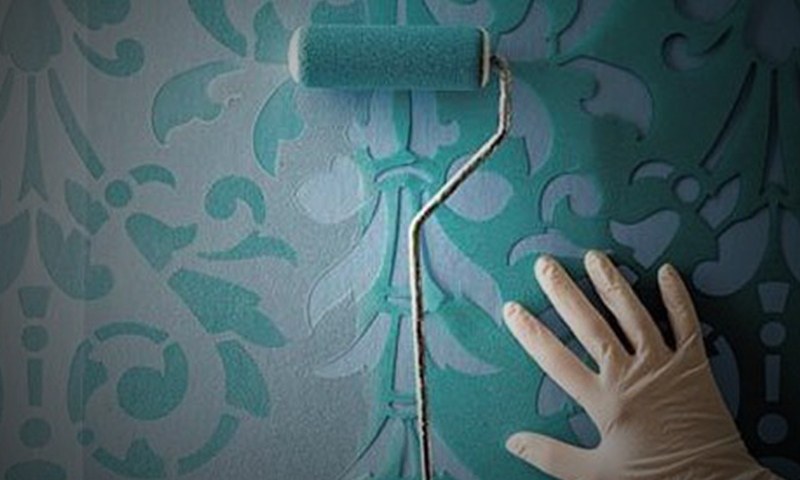Running a painting business requires extensive equipment and supplies – this includes painter’s tape.
Maintain a wet edge when painting with glossy or semi-gloss paint to avoid “hatbanding,” picture framing and flashing effects.
Instead of directly applying paint with their brushes, professionals prefer mixing it in a bucket or roller tray in order to prevent widespread contamination of their cans of paint.
1. Always start at the top
Starting a painting business takes careful planning and progressive growth over time. By setting milestones, you can reduce financial risk while providing services to meet customers’ needs.
One effective way of maintaining a tidy work area is covering it with old newspapers. This will help prevent spots of different colors on your finished painting from showing through as holidays – easily visible during painting sessions but more difficult to repair after completion.
Never dip your brush directly into a paint can, as doing so could contaminate it with debris and dust. Instead, pour paint into a small bucket and use that to dip your brush in it.
2. Use a palette knife
Palette knives add incredible textures to your paintings. No matter whether you work in oils or acrylics, experiment with various blade sizes and thicknesses until you find what suits your technique best. Know more about painter Melbourne.
Start by layering two colors next to each other on your palette, applying them in broad strokes across your canvas and repeating this process to subtly blend them together and create the beautiful broken color effects favored by Russian impressionists. This method produces stunning broken color effects.
Keep your palette knife wiped down regularly to prevent overmixing of paint colors on the palette and the subsequent muddying effect that often results from it. This will also help avoid creating an unpleasant “muddy effect.”
3. Keep a cup of water on hand
Water reflections can be used as an effective way of showing light in a painting, yet sometimes they’re difficult to achieve. Whatever dark colors there may be on the ground will appear lighter in water reflections while oversaturated colors will fade in comparison.
Regular cleaning of paintings is vitally important to keeping dust and grime at bay, so do a spot test on an inconspicuous part of the painting with a damp cotton pad – this will give an indication of how to best approach cleaning it safely and effectively.
4. Use a paint comb
Painter combs are an indispensable asset when it comes to brush cleaning. By helping separate the bristles of your brush and making cleaning simpler and faster without risk of damage to its bristles.
Preserving a wet edge while painting is always recommended, particularly with glossy paints which tend to leave lap marks. Paying careful attention to this detail will help you achieve professional-grade results and also build fine motor skills, aiding concentration and focus in other aspects of life.
5. Don’t dip your brush into the paint
When painting, it’s essential not to dip your brush in too often as this could result in “holidays,” or spots on the wall which are hard to fix.
When dipping, dip only up to 1/3 of the length of the bristles at once to prevent overloaded bristles and possible dripping.
Be sure to swish the brush in water prior to beginning painting – this is the most efficient way of mixing paint evenly.
6. Don’t forget the drop cloths
Professional local painters never begin a project without first placing drop cloths. While it may be tempting to save time by skipping this step, even experienced painters cannot completely prevent paint splashes or spills from their work.
Instead of using old bedsheets or plastic sheeting – which can pool paint and leave wet footprints – opt for a durable canvas drop cloth that can hold up throughout your project. Their nonslip backings prevent slipping and bunching while making picking up paint drips easier. Alternatively, consider less costly paper/poly painters’ drop cloths which still absorbent and texture hold paint well.
7. Don’t forget to clean up
Painting is often an unpleasant process, so it is crucial that after each session of painting you remember to clean up after yourself properly or risk creating an unsightly mess in your home. Furthermore, it is necessary to properly dispose of used rags and clothing as these could contain paint residue that needs disposing of properly.
Professional painters tend to avoid washing walls as it eats into their painting time, opting instead for light sanding them, which helps remove grime, cobwebs and dust that prevent the paint from adhering properly and levels out the surface.

